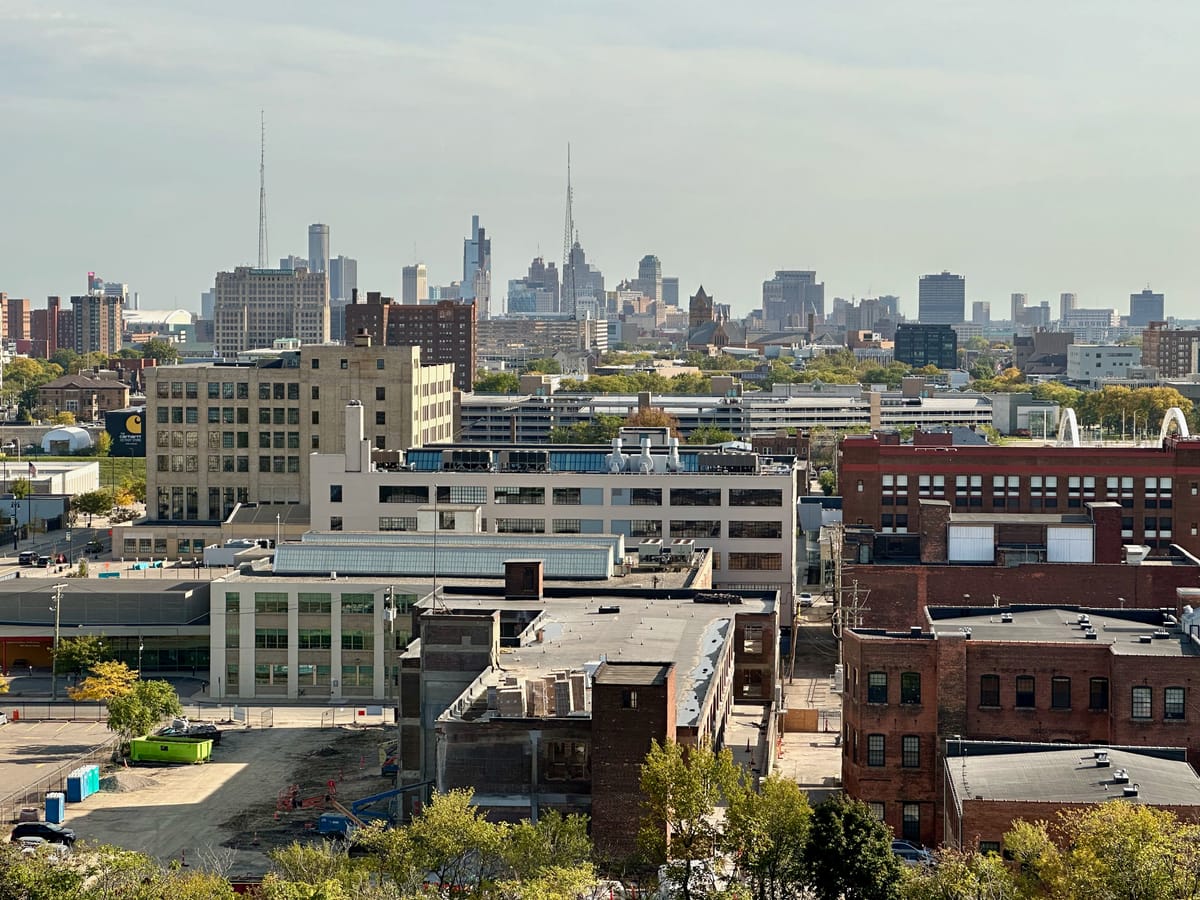If you look at the headlines around Detroit’s turnaround, it’s often about megaprojects, large corporations, giant incentives and millions of dollars of demolition.
Here’s the reality.
Most of the things getting built right now, as far as residential, are for the very rich. The median home value in Michigan is about $153,900; in posh Oakland County, $251,400. Yet what we see are listing after listing at $400,000, $600,000 or much more. Much of Brush Park is in the $800,000+ range.
Yes, there are “affordable” units being constructed (read that as affordable for the middle class, not for poor folks), but it’s only because the city is forcing developers to do it as part of the incentive packages they’re getting from the city. It’s just 20% of units.
Some projects are stalled or cut down. Where is that Meijer / residential development that was supposed to happen on Jefferson? Not a thing has happened on that site. The Monroe Block is blocked up, and the ambitious tower on the old Hudson’s site that was going to be the tallest in the state has been chopped down in size.
Housing purchases with mortgages — a great indicator of what activity is everyday people and not speculators — are confined to a few neighborhoods of the city.
In lots of neighborhoods people still walking away from their homes. Foreclosures continue to be a scourge.
Now the city is asking for a whopping $250 million more to demolish (and do some rehab) across the city, but this time as a bond without the same rules as the federal demolition fund.
And although taxes wouldn’t go up, a city that not long ago got out of bankruptcy should be cautious and thoughtful about any debt spending.
I think a better path is one that’s a bit more accessible to regular people. So maybe the big idea is to think small, if not tiny.
We have so much land that isn’t seeing activity that we should try things that are different. One idea is tiny houses.
Cass Community Services and Reverend Faith Fowler have caught national headlines over and over again for the tiny house community they’re building for low-income folks, from the homeless to college students.
But this movement focusing on doing more with less is international. One of my favorite YouTube channels is “Big Living In A Tiny House,” hosted by a man from New Zealand, Bryce Langston.
I discovered it as one of my friends recently moved to New Zealand from the city and it got me thinking.
As a city resident, we have some beautiful pieces of land that we’re not doing anything with. I don’t live downtown. I walk the dog past lots of empty lots. There’s something like 40 square miles of open land right now.
But I keep getting told we need to assemble connected pieces of land for large developments. That’s complicated and expensive.

What if, instead, we put the people first? Detroit saved the world during World War II and helped make the middle class. Well, that middle class is something that’s in rare supply now in Detroit (and across the United States). Let’s try ideas that don’t mean we have to spend what it takes to run the health department for a year to then give away to a big corporation to make it happen.
For the tiny homes, of course, charge for the land rental. In some cases, go ahead and sell the land reasonably once the owner-occupied structure is completed.
Turn it from a revenue drain into a revenue generator. Even better? It’s a type of incentive but not a giveaway.
On top of that, this could be a huge jobs program. Want to move to Detroit? Don’t have a tiny house? What if we used building them as an on-ramp for job skills for Detroiters.
I keep hearing how construction companies can’t fill the quotas of hiring Detroit residents for projects here as we don’t have the skills needed.
After all, some like the inexpensive DIY route, and others like to spend $100,000 on all the fixings.
A great way to learn and make money would be doing the work, rebuilding the city in our neighborhoods by a good number of the people that live here.

These homes would be affordable and accessible to many more people than some fancy lofts. We could truly infill communities together, rebuilding our services and our amenities with actual residents instead of speculators.
Maybe we could get long-time resident renters into places of their own. Detroit needs more residents and revenue. But we should bring a variety of unique solutions to the table.
The magic of Detroit is our people. Going forward — whether it’s this idea or others — let’s invest in who makes Detroit a city worth living.












